Don't miss out on the best jobs!
Subscribe to HelpGoAbroad and weekly we will sent you an email with latest job posts. Provide your email address below
Reunion Island is a French Island located to the East of Madagascar. The culture of Reunion is a mixture of French, Chinese, Indian and African, particularly Malagasy influences from nearby Madagascar.
In the 15th and 16th centuries, Reunion Island was a French colony that was on the path of the Indian spice trade route, which made it a convenient resting point for travellers coming from Africa. The wealthy sea-goers recognized the beauty and value of Reunion Island on the trade route and began building farms and buying houses. Before it was dubbed Reunion Island, it was actually known as Bourbon Island by the French royalty. It wasn’t until 1820 during the abolition of slavery, that several other ethnicities including Indian, Chinese, Arabic, Caucasian came to the island and it was renamed as Reunion Island for its new united status.
The roots of the cuisine stem from Africa and take heavy influences from Indian spices. A traditional Reunionese plate has a large serving of rice, rougail, curcuma, kaluo pile, beans and a main dish called a carry with meat as the heart of the dish. Rougail is similar to a salsa, as it usually has fresh-diced tomatoes and mango, lemon juice, tamarind and spices- however there are many variations to the recipe that can use different fruits, vegetables and spices. Curcuma is a cheap type of saffron and kaluo pile is one of the most used spices in Reunionese cooking. The beans are most often the red variety, but sometimes black or fat white beans are used. As for the carry, there are many different types ranging from fish, to chicken, sausage, shrimp or beef.
Américain Bouchon Gratiné Ketchup Mayo
Costing only 2 or 3 euros, this is the most common food in Reunion, served by all of the snack bars around the island. This local concoction is called ‘Américain’ or American, because there are French fries on the sandwich. The sandwich is about a foot long baguette that is first layered with about five bouchons, which are similar to dumplings and about as large as golf balls, it is then dressed with ketchup and mayo, and finally French fries to top off the fillings and finally covered in gruyere cheese and then baked in an oven. This hefty, cheesy, meaty delicious sandwich is usually eaten at lunch time, especially at the beach.
Rougail Saucisse
Using many of the common Reunionese ingredients, this dish is tomato based with kaluo pile, ginger, coriander, curcuma, and special Reunionese sausage, which typically have a bit more fat to make them melt in your mouth. Similar to a slow cooked stew, first the onions, and coriander are placed in a pot with water to stew, followed by diced tomatoes, and eventually the sausage- all of which is left to melt together for an average of three hours. It is usually eaten everyday as a basic local dish, it is served with a large helping of rice.
Civet zourite
Another slow cooked meal comprised of small octopi that are cooked in red wine sauce with spices. Served with rice, rougail and beans, locals will add the sauces from the dish over the rice. You will find this dish in the restaurants but sometimes you can find it for traditional serving from a small local restaurant and they will make it the dish of the day, but it is very much based on the supplier of the octopus. Even though it is a special dish, it is still about normal price for a basic dish in a restaurant, which is 12 euros.
Larvé de guépe
What do you do when you find a large wasps nest? Celebrate by frying the larvae! Considered a rare occasion when a nest is found, a man will take a large wooden stick, topped with a swaddle of clothes dowsed in alcohol, and create smoke that he directs towards the wasps nest. The wasps evacuate the nest to get away from the smoke and the man takes the nest and shakes the larva loose into a container. When he brings back his bounty, he simply pan fries them vegetable oil and serves them as an appetizer or with rice. Some say it tastes similar to peanuts.
Bichique
This dish is made from a tiny fish that travels down the river to the sea in order to grow up, but clever fishermen are waiting to corral the babies before they reach to the ocean. These fish are only available during a certain time of the year and are not easy to catch, which is why a single kilo is worth more than 50 euros. When in season, the fish are used to make a carry and if you can find this dish in a restaurant it is almost a guarantee that it is the most expensive item on the menu.
Candy and Snacks
Macatia
This is simply a ball of bread that is slightly sweet. You can find the neutral standard version, or enjoy other variations with chocolate or coconut of jam, either as filling or crushed on top.
Tamarind Candy
Using a combination of tamarind paste, salt, pepper, sugar and hot chilli, this candy comes in a small plastic bag, and costs about 10 cents for one small but powerful bag. It is rather hot and the sour taste of the tamarind fruit, as well as the sweet and salty flavours makes this candy a mouthful!
Bonbon Miel
These sweet treats are similar to donuts but better! The sponge cake inside of the crunchy outer fried layer is dowsed in a honey glaze that oozes all over your mouth as your try to bit into it. Some servings are so saturated with honey that they will literally ‘sweat’ honey on the plate.
BonBon Cravate
Similar to bonbon miel but its texture is less spongy as it is just the delicious crispy outer layer. It is cooked in the shape of a ‘cravate’ or a tie and then deep fried.
Gateau manioc
This is a cake made from cassava roots, locally called manioc that is usually fried or used as flour, but in Reunion they make it in a cake. These sweet cakes are unique in their sweetness, having a texture similar to sweet potato cake, but tend to be more chewy and caramelized than sweet potato cake.
MEATS
Boucané
This is smoked pork bacon, though it is much thicker than the most universal perception of bacon. Boucané means smoked and this meat is typically used in rougails and carrys.
Sarcive
This type of meat is usually pork but could sometimes be chicken, which is then smoked in a specific box that looks like a rocket. The coals burn beneath the chamber and the smoke is contained and channelled within the main compartment where the meat is suspended on hooks. The butcher then applies sauce (honey, soy sauce, pastice) and some herbs over the meat with a brush every 30 minutes for 7 hours.
Tangue
This is an endemic animal to Reunion that looks like a cross between a hedgehog and an American possum. It is usually hunted and used as meat in carrys.
Vanille Bourbon
Vanilla was one of the French king’s favourite flavours, so much so that he enjoyed it in his coffee, tea, desserts- anything that could be vanilla flavoured, it was! Due to this favouritism, vanilla became one of the premium products of Reunion Island due to its prime conditions for growing vanilla. Another reason it was such a popular export was due to the botanical prowess of a slave known as Edmond Albus, who discovered the most effective way to hand fertilize the vanilla flower that would then produce the richest beans. Despite its affluence in Reunion, it is still rather expensive, but can be found commonly used as an ingredient when cooking sweets.
Bourbon Pointu
Despite the common connotation of ‘bourbon’ as a liquor, bourbon in this context refers to the time when Reunion was known as Bourbon Island and produced large quantities of premium Arabica coffee beans. These particular beans are so valuable in their exquisite taste that a pound will cost about $250 USD!
Drinks
Rum
The largest plantations on Reunion Island are those dedicated to sugarcane. If you are on island and see a green field, there is 80% likelihood that it will be a sugarcane field. With this much sugarcane one can imagine how much rum is being manufactured. The eastern regions of the island are primarily filled with sugarcane fields, while the local population inhabits the west, dabbled with a few resorts.
With so much sugarcane, distillers began to get creative and began developing different kinds of rum. White rum, locally known as Charette, which means trailer, because the distributors for the most common, famous and cheapest version of Charette rum were trailers pulled by oxen.
Another type of rum is called Rum Arrange, which is a tradition for many Reunionese families. This rum is crafted by taking a bottle of white rum and adding in a customized selection of spices and fruits, which is then left to ferment for years. It is usually served as an aperitif or post-dinner drink. One Reunionese custom is that when you are a guest in someone’s home, they will offer you a sip of their precious Rum Arrange. It is also part of the custom that you should accept the drink as a token of gratitude, and although it isn’t necessarily considered disrespectful, you will make your hosts much happier by accepting their hand crafted rum.
Beer
Almost every region in the world has their trademark beer and for Reunion Island, there is no doubt that beer is Dodo! All of the snack bars are covered in Dodo commercial materials and are more than happy to keep your hand filled with a nice cold Dodo all day long.
Sign in to publish a comment
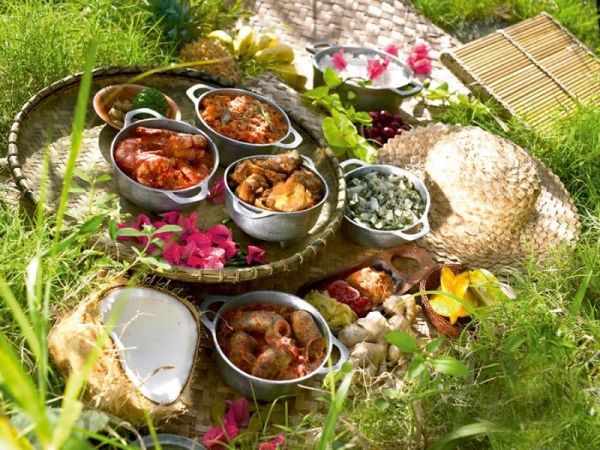
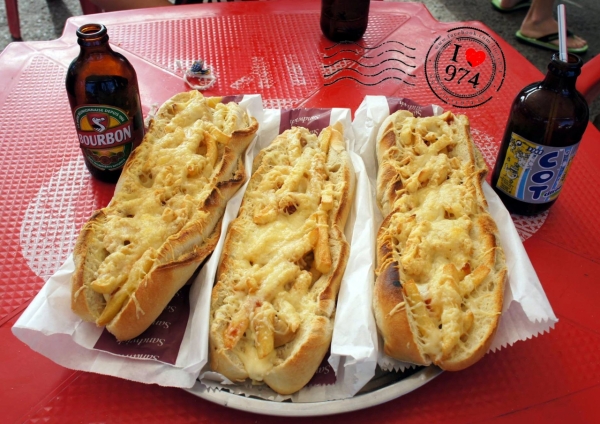
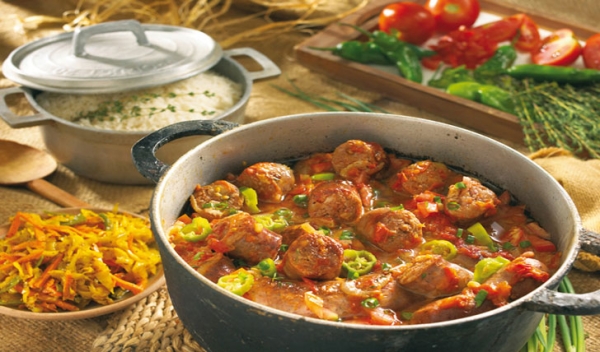
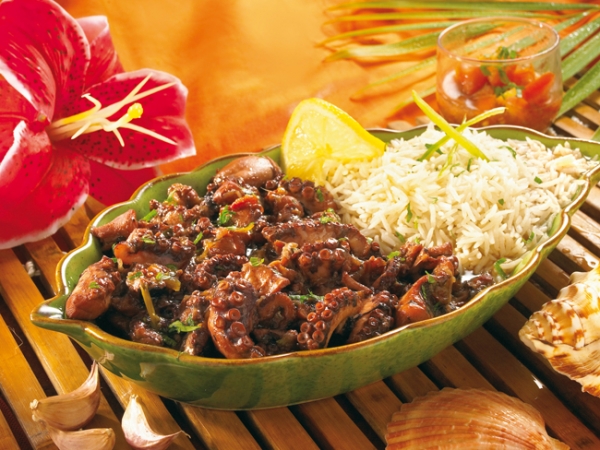
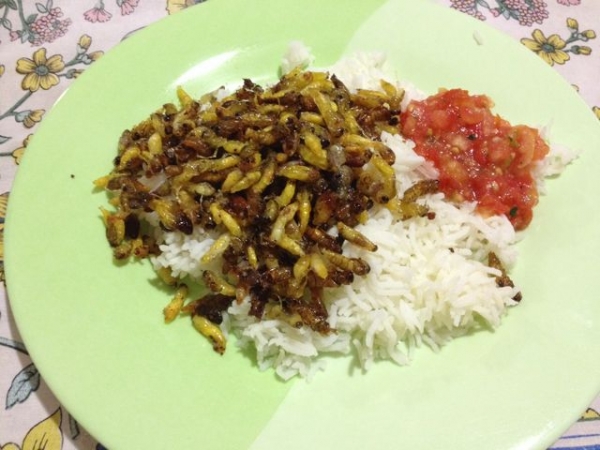
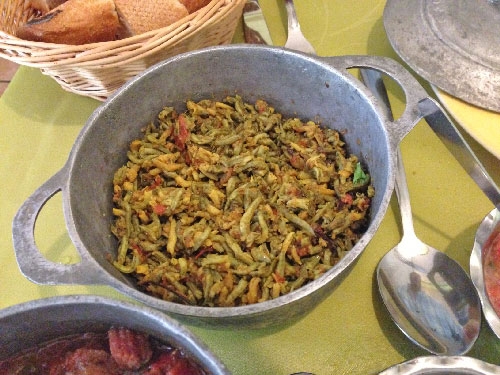
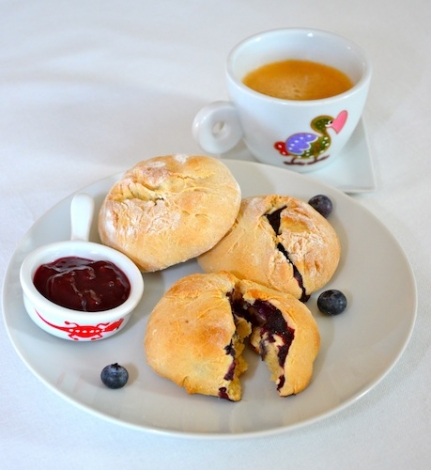
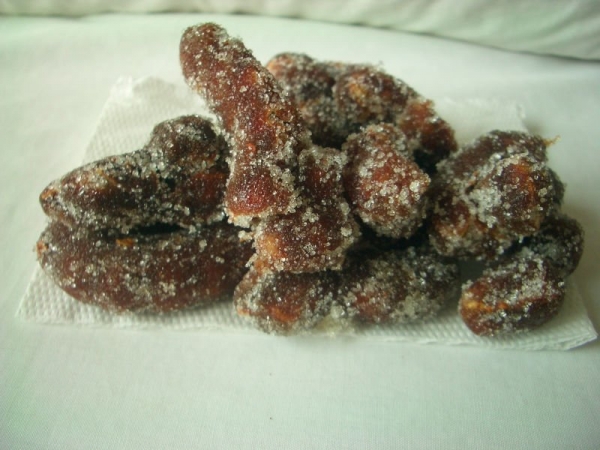
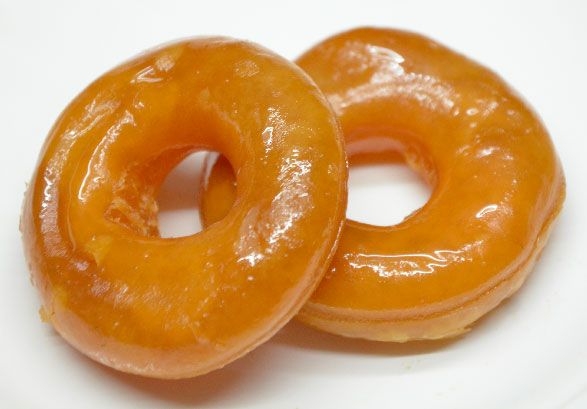
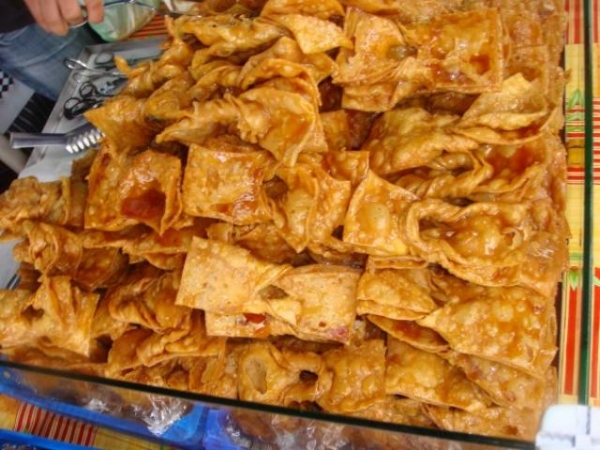
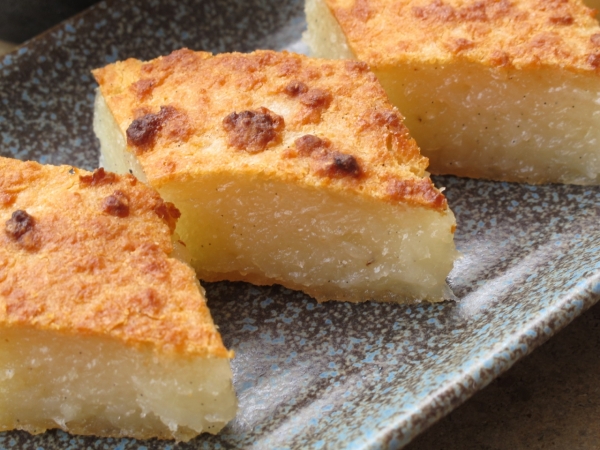
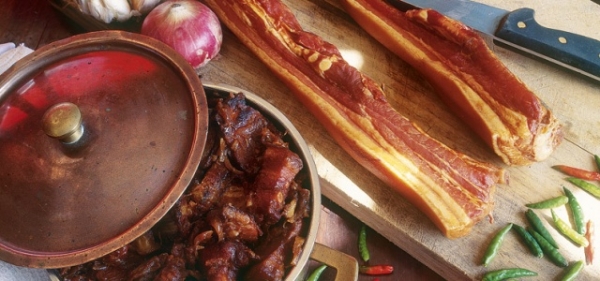
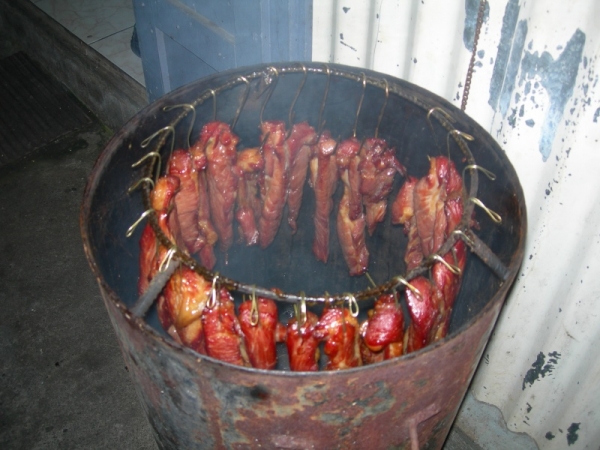

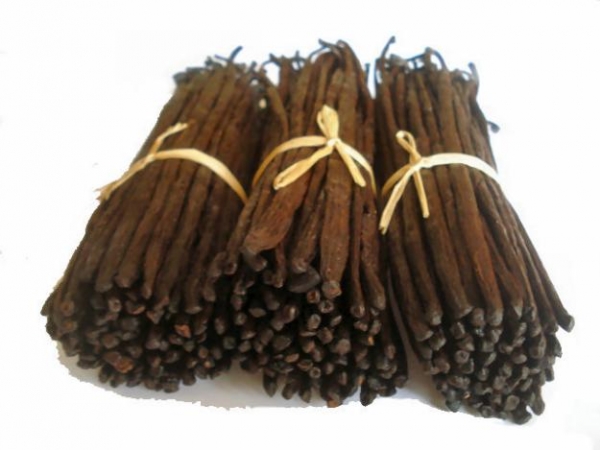
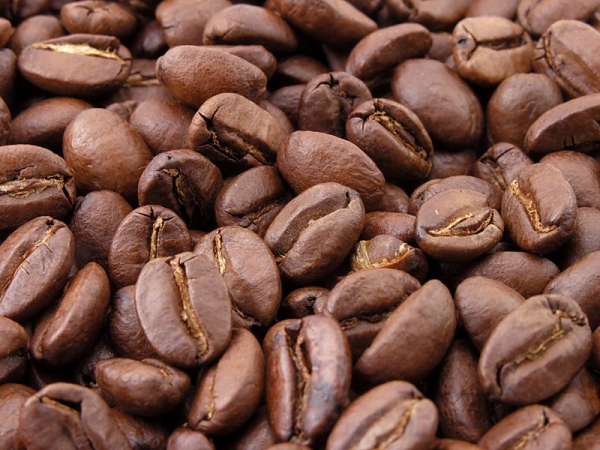
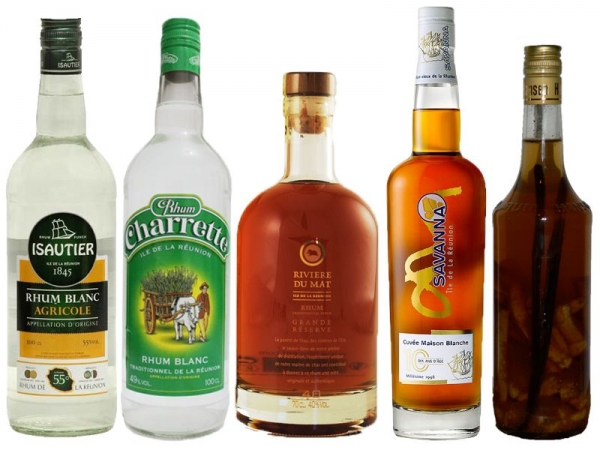
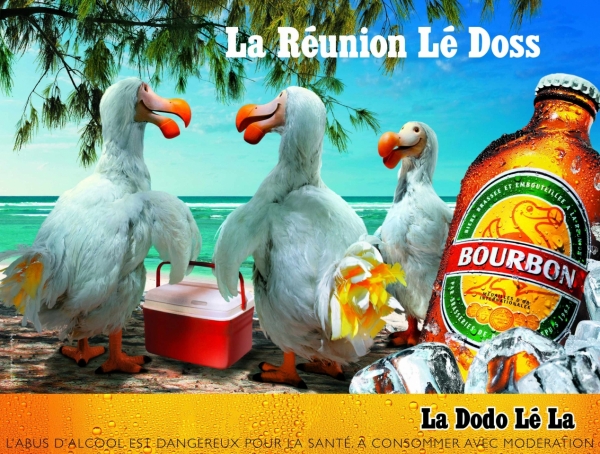
Be the first to comment on this post.